Date: 8/1/2009 8:24:59 AM
Author: Garry H (Cut Nut)
Andrey is looking into why the DiamCalc file did not upload.Date: 7/31/2009 4:17:03 PM
Author: Serg
dmc file for upper image
Meanwhile I will try a .gem file.
And I made some movies and loaded them here
http://www.youtube.com/watch?v=9QgQk2Ieg54
http://www.youtube.com/watch?v=WpFv0c0fuqQ
http://www.youtube.com/watch?v=PnUyGVLRRIA
http://www.youtube.com/watch?v=mIKroxc-cyI
They show persistant dark zones as the stone rocks resulting from head obscuration
Man see these black zones more clear and more often.
reason is human stereovision again
for white background If one eye see white or gray zone , and other eye see black zone for same place then Brain see black zone.
So in this case enough if just one eye see black zone what happened for this Princess more often than in DC movie( mono camera view)

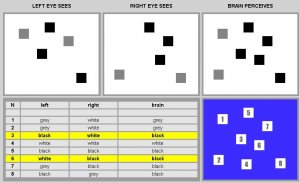

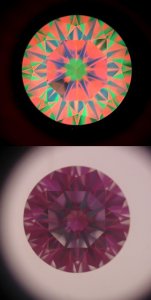

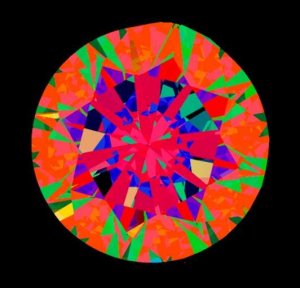
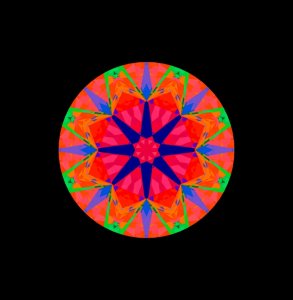
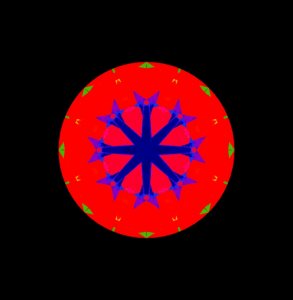
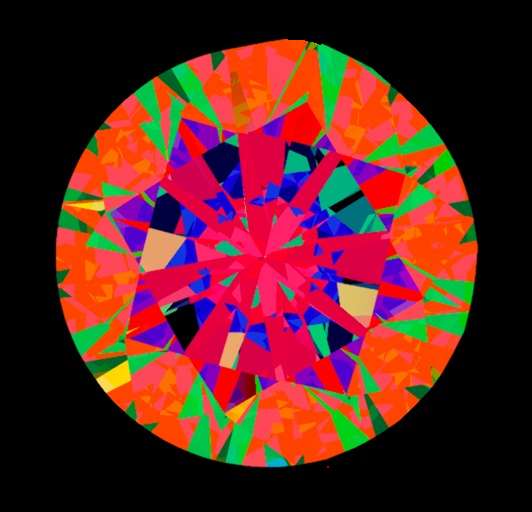





300x240.png)